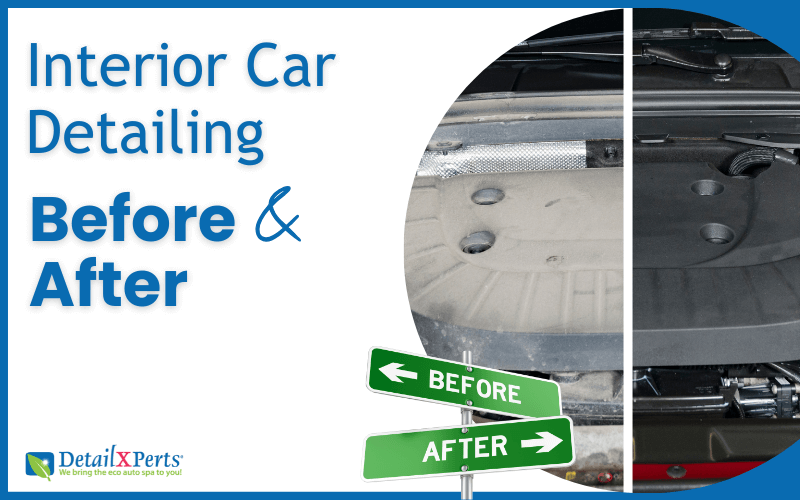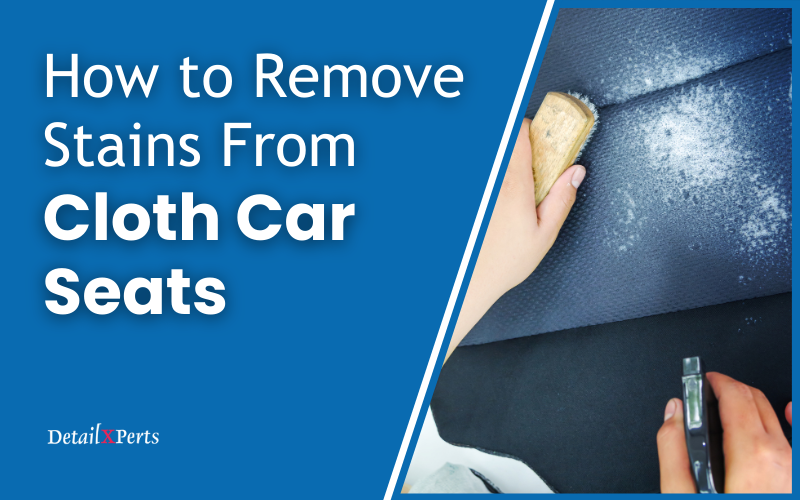Your car suffers from wear and tear inside and out. Every time you take your car out for a spin, it slowly accumulates dust, dirt, grime, and grease. Some of these will show up in obvious places like the wheel wells or along the windshield, but the damage can also be found crusted into the fabric of your car seats.
Car owners tend to pay far more attention to the engine, exterior, and paintwork than to the seats and leather trim. The truth is that keeping your car’s upholstery clean and fresh is a key element to maintaining not just the vehicle’s overall beauty, but also its functionality, comfort, and hygiene. After all, your car won’t look good as new if the stuffing begins to stick out of the seats, or if the fabric becomes worn, frayed, and discoloured.
While it’s always advisable to call in the professionals for expert car care and automotive upholstery services, you can opt to go for cheap and convenient ways to do the job on your own. Reupholstering your car seats is not a difficult task once you arm yourself with the right knowledge and tools.
Here’s how to reupholster your car seats at home:
-
- Start by slowly and carefully removing the car seats from the flooring. You may want to refer to your car manual to see how the attachment works, or ask your professional detailer during your next appointment for tips on how to do this.
-
- Gently remove the worn-out fabric, making sure to keep intact as much of it as possible so you can use it to create a pattern for the new material you wish to use. Most car seat fabrics are attached with staples, so you should be careful not to rip it out and causing further damage.
-
- On a large sheet of paper, lay the old seat material and trace around its edges to create a pattern from which you can cut out the new material. If there are huge gaps or rips, use a yardstick to fill in the pattern.
-
- Once you have the pattern ready, use a washable marking pen to transfer the pattern onto the new material. Use the right kind of cutting tool for the material you wish to use — leather, vinyl, and fabric each require a different kind of trimmer. Keep as close to the pattern as possible to ensure a snug fit on each chair.
- Use a trimmer’s staple gun when tacking the new material onto the frame. This is especially helpful when you have to deal with cramped spaces and will ensure that the material will stay tight for as long as possible.
If you feel that it’s not yet time to replace your car upholstery altogether, you may want to engage in preventive maintenance to lengthen the fabric’s lifetime. Vacuuming the interior every now and then helps get rid of allergens, dust, soil, food particles, and dirt that may have accumulated. Immediately removing spills and stains will also keep the fabric looking new for much longer.
Familiarize yourself with the appropriate cleaning products that can effectively take out dirt, discoloration, and stains without harming the material. There is no catch-all product that can work miracles on your car upholstery, and using the wrong one may lead to further damage. Finally, apply a generous coating of stain repellents to lock in the shine and fresh feel of your newly-cleaned upholstery, again keeping in mind the type of material that you use.





